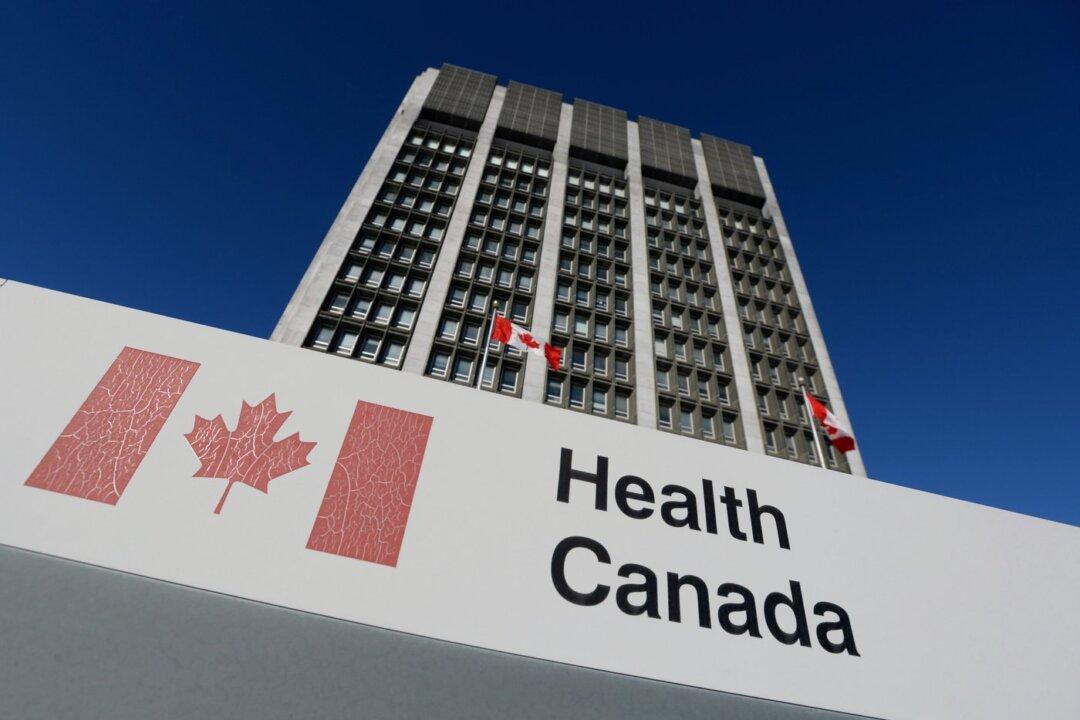A senior Health Canada official removed mention of a “high level of impurity” in mRNA COVID-19 vaccines in an assessment done by a colleague for the department’s chief medical adviser, internal records show.
The assessment was prompted by a scientific paper on Substack that analyzed recent findings in another article published in the journal Nature that said mRNA vaccines may prompt cells to produce unintended proteins.





